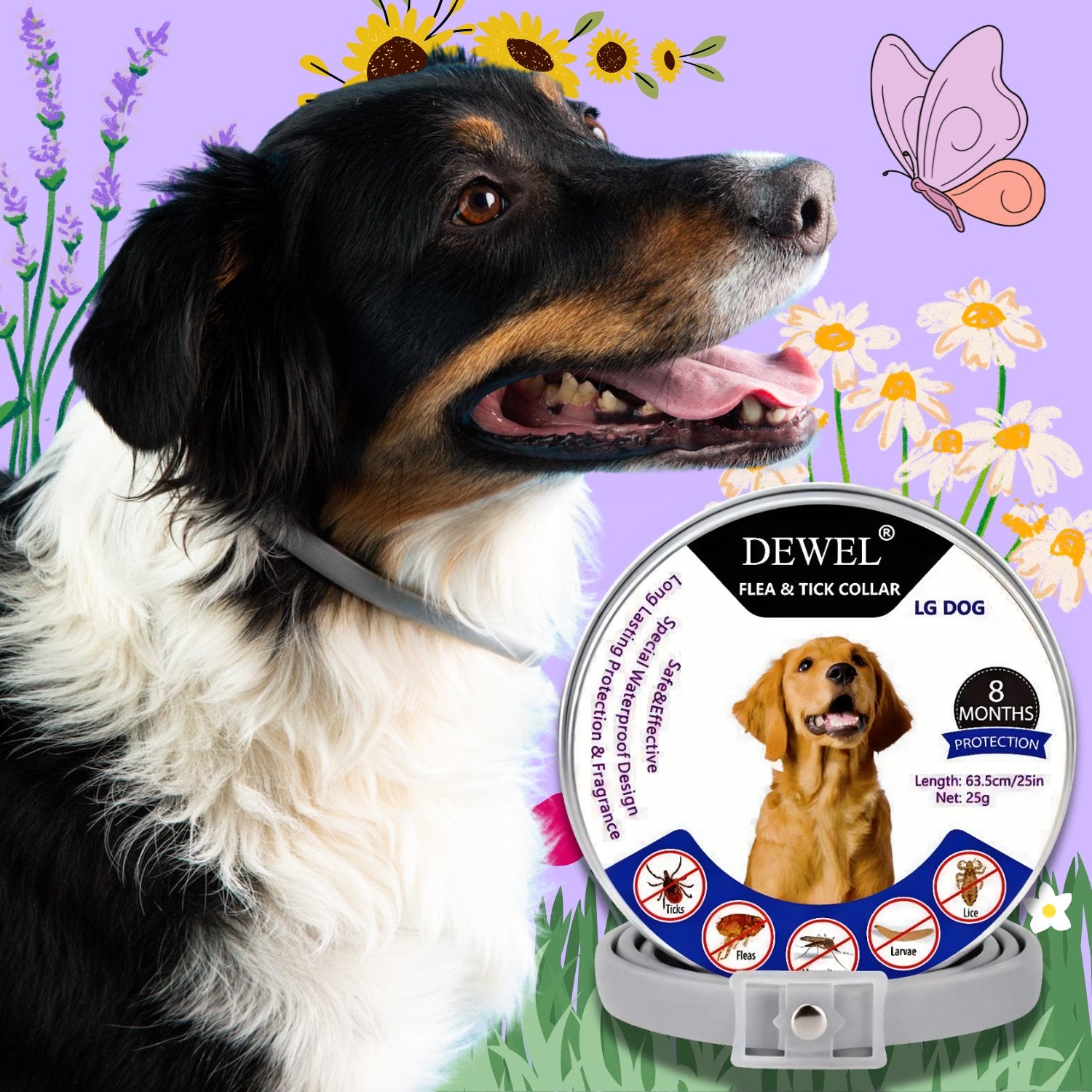
Can You Safely Touch a Flea Collar?
Abdelhak HachtShare
Table of Contents
Flea collars are a popular and convenient method for keeping your pets free from the discomfort and health risks associated with flea infestations. While they are primarily designed to be worn by your pets, you might wonder whether it's safe for you to touch a flea collar or if there are any potential risks involved. In this article, we'll delve into this common question and provide you with the information you need to ensure the safety of both you and your beloved pets.
Introduction:
Flea collars are an effective means of protecting your pets from the misery of flea infestations. However, whether you're a concerned pet owner or a professional pet groomer, you might have wondered if it's safe to touch a flea collar. In this comprehensive guide, we'll explore this question and provide you with insights on how to safely handle flea collars and the potential risks involved.
Can You Touch a Flea Collar?

Flea collars are designed to be worn by pets, and they contain active ingredients to repel and kill fleas. These active ingredients are typically safe for your pets when used as directed by the manufacturer. However, it's essential to avoid unnecessary contact with the collar and to take certain precautions.
- Keep It Away from Children: Flea collars should be stored out of reach of children. The chemicals in the collar may be harmful if ingested or if children come into frequent contact with them. It's always wise to exercise caution to prevent accidental exposure.
- Wash Hands Thoroughly: After handling a flea collar or touching your pet's collar, wash your hands with soap and water. This simple step can help minimize the risk of exposure to any residual chemicals on your skin.
- Avoid Prolonged Contact: While brief contact with a flea collar is generally safe, it's best to avoid prolonged handling of the collar. If you need to adjust the collar on your pet, do so as quickly as possible.
- Adhere to Manufacturer Instructions: Follow the manufacturer's guidelines regarding the collar's placement and usage closely. This will help ensure the safety and effectiveness of the collar for your pet.
- Gloves for Added Protection: For those with heightened concerns, wearing disposable gloves when handling a flea collar can provide an extra layer of protection.
In conclusion, it is generally safe to touch a flea collar when handling it correctly. However, taking sensible precautions, such as washing your hands and avoiding prolonged contact, can help minimize any potential risks. While flea collars are designed with your pet's safety in mind, it's always a good practice to exercise care when dealing with these preventive products.
Conclusion:
Flea collars are a valuable tool in protecting your pets from fleas, and while it is generally safe to touch them, precautions should be taken to ensure the safety of all family members. Following the manufacturer's instructions, keeping the collars out of children's reach, and practicing proper hand hygiene are all vital steps in responsible pet ownership. By doing so, you can enjoy the benefits of flea collars without compromising your family's well-being.
Read more: Do You Remove Flea Collar When Bathing Your Dog?
Why Does My Dog Still Have Fleas After Using a Flea Collar?
Can I Use a Flea Collar on Pregnant or Nursing Pets?








